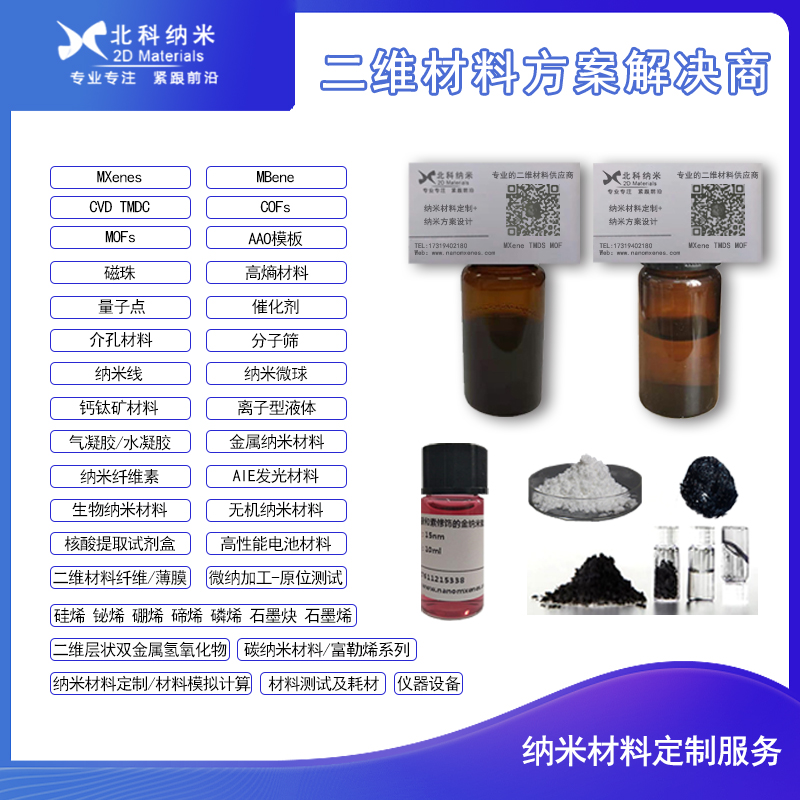产品:Chromium diboride
Detailed
product information:
Name: Chromium Diboride
Purity: ≥99.5 single phase
Particle size: D50: 5~10 microns
Melting point: 1300°C
Density: 7.63g/cm3
Properties: silver gray metal powder
Uses: corrosion resistance, thermal shock resistance. Used as abrasion resistance, high temperature oxidation resistance coating and neutron absorption coating in nuclear reactors.
Product Name: Chromium Diboride
Chromium diboride molecular formula: B2Cr
Molecular weight: 73.62
English name: Chromium bor ide (CrB2) EINECS: 234-499-3
Density: 5.15 English alias: Chromiumd ibor ide; Monochromium dibor ide Flash point: Melting point: 1550°C
Used in the manufacture of high-temperature electrical conductors and alloy ceramics.
Chromium diboride (CrB_ _2) coating has high melting point, high hardness, high wear resistance and corrosion resistance,
Coupled with its good chemical inertness and not easy to bond with metal, it is expected to be able to meet these special chip processing requirements as a hard protective coating. This paper is mainly based on the research progress of CrB_2 coatings at home and abroad and the development trend of hard coatings, focusing on the preparation, structure and performance of CrB_2 coatings deposited by composite PVD technology. The relevant research results have important scientific significance and applications. value. This paper first uses high-power pulsed magnetron sputtering deposition technology (HiPIMS) to deposit CrB_ 2 coating, and characterizes the composition, phase structure and mechanical properties of the coating. The focus is on different test environments (dry friction, distilled water and The friction and wear behavior of the coating under seawater environment. The results show that the CrB_ 2 coating presents a (101) preferred orientation, the phase structure composition is mainly CrB_ 2 and a small amount of Cr, the atomic ratio of B/Cr in the coating is 1.76, and the hardness and elastic modulus are 26.9 ± 1.0 Gpa and respectively. 306. 7 ± 6.0 GPa. The friction coefficients of the coating in dry friction, distilled water and seawater environments are 0.75, 0.26 and 0.22 respectively. When the coating is rubbed in distilled water and seawater environments, due to the boundary lubrication effect of distilled water and seawater, the friction coefficients are significantly reduced, dry friction The friction and wear mechanism in the distilled water environment is abrasive wear, while in the seawater environment, it is a synergistic effect of corrosion wear and abrasive wear. Secondly, as a comparison with HiPIMS technology, DC magnetron sputtering technology is used to obtain a coating with a stoichiometric ratio close to CrB_ _2 by adjusting the target base distance. With the deposition temperature, the B/Cr atomic ratio is within 1.92.0 In the meantime, XPS results show that the coating is still composed of CrB_ 2 and a small amount of Cr, and the roughness of the coating is small, with Rq between 1.11 and 1.95 nm; as the deposition temperature increases, the surface of the substrate adsorbs The atom diffusion ability is enhanced, the crystallinity of the coating gradually increases, and the crystal structure changes from the mixed orientation of (101) and (001) to the preferred orientation of (001); the cross-sectional morphology of the coating changes from loose and porous
The fibrous structure transforms into a thick columnar structure (about 50 nm in diameter), and finally into a dense nano columnar structure (about 4°7nm in diameter). As the deposition temperature increases, the mechanical properties of the coating are obvious
When the deposition temperature is greater than 300°C, a superhard CrB_ 2 coating with a hardness greater than 40 GPa can be obtained.
When the deposition temperature is 400°C, the hardness of the coating is as high as 50.7 ± 2 Gpa. The evolution of the microstructure and mechanical properties with the deposition temperature is attributed to the gradual increase in the diffusion movement of deposited atoms (001)
Preferential orientation and densification of organizational structure. Finally, this paper also studied the thermal stability of (101) and (001) preferentially oriented CrB_ 2 coatings, and tested the cemented carbide substrate and the CrB_ 2 coating at different deposition temperatures in 3.5 wt.% NaC I solution. The basic electrochemical properties. Studies have shown that: (101) CrB_2 coating with preferential orientation generates new phases at 1000°C, while (001) CrB_2 coating with preferential orientation does not undergo significant phase decomposition and transformation at 1000°C and below, showing Higher temperature stability, which is due to the higher surface energy and lattice distortion energy of the (101) preferentially oriented CrB_2 coating, which has a smaller phase transition activation energy; although the corrosion potential of the CrB_2 coating is higher than Cemented carbide, but the corrosion current density is reduced by nearly 2 orders of magnitude, indicating that CrB 2 coating can effectively protect cemented carbide in corrosive media containing C1-1. .
| Warm tip: the products supplied by Beijing Beike Xincai Technology Co., Ltd. are only used for scientific research, not for human body |
| Item ID | Info |
| BK2020112507-01 | CAS:12006-80-3 ID:BK2020112507 Pack:100g/瓶 Parameter:B17%~18% Stock:100 Make up: Price:$250 |
- Previous: then end...
- Next: Hydroxylated molybdenu



